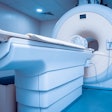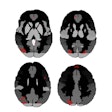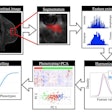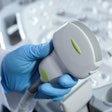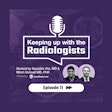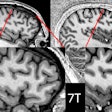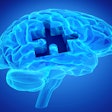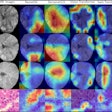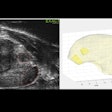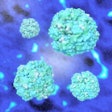Dear MRI Insider,
Having your work acknowledged by the media and the public is a point of pride for most researchers. But the reaction that James Bjork, Ph.D., of the National Institute on Alcohol Abuse and Alcoholism (NIAAA) elicited with his study on the adolescent brain, motivation, and risk-taking may have been more than he bargained for.
On the one hand, conservative radio personality Rush Limbaugh dismissed the functional MRI study, claiming that Bjork and colleagues did no more than prove that "teenagers are a bunch of lazy little kids...they have no concept of dying or danger. That's why ‘youth is wasted on the young,’" (RushLimbaugh.com, February 26, 2004).
At the other end of the spectrum, the study was given a little too much credit.
"I’ve been asked how I solved (the problem of) adolescence," Bjork told AuntMinnie.com. "But really, we’re trying to look at the bigger public health application of this kind of developmental difference."
The gist of this study is that teenagers, like adults, are very keen on the idea of a reward. However, based on an fMRI scan, they exhibit an underdeveloped ventral striatum, which is the area of the brain crucial for motivation. The results offer adolescent health specialists some insight into why many teenagers are drawn to high-reward/low-effort activities, including drug and alcohol abuse. To read more, click here.
In other MR news, we have two studies on the modality’s use in orthopedic imaging. First, from the European Congress of Radiology, a U.K. group reported that MRI can help referring physicians make a more confident diagnosis in patients with lower back pain. Still, patients who underwent an MR did not report a speedier recovery time. Click here for the details.
In a second paper, Australian investigators applauded MR for its ability to diagnose the degree of ligamentous injury, and differentiate avulsions from partial tears, in carpometacarpal joint trauma. Click here for the full story.
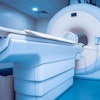

.fFmgij6Hin.png?auto=compress%2Cformat&fit=crop&h=100&q=70&w=100)
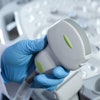

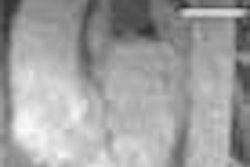
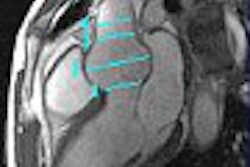
.fFmgij6Hin.png?auto=compress%2Cformat&fit=crop&h=167&q=70&w=250)
